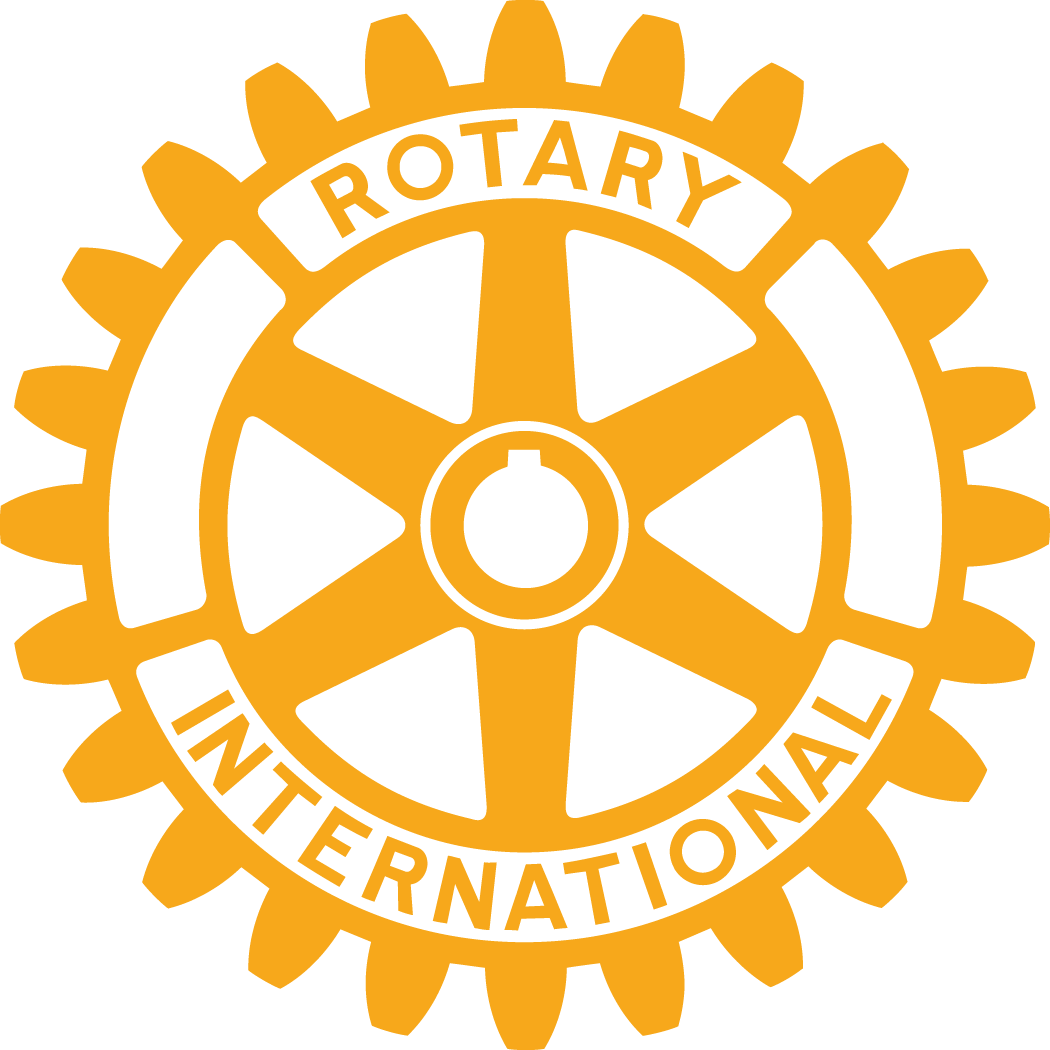Thinking seriously about yeast
Posted by Robert Chambers
on Aug 28, 2012
Dr. Richard Ames, PhD (Chemistry) the plant manager at Min-Dak Yeast described plant operations to the club during their regular meeting at Prante's on August 28th. The plant, which opened in 1990, is owned by Min-Dak Sugar and uses the molasses byproduct to grow the yeast. There are anywhere from 800 to 1000 separate species of yeast found in nature. The yeast product most home bakers are aware of is the dried yeast; it has a longer shelf life. The yeast produced by Min-Dak is a wet baker's yeast that starts from a stored culture in the lab. One necessity is to keep that culture pure so that the yeast product produced is consistent. Two weeks after starting the process from a small part of the lab culture (a one centimeter squared sample of yeast contains approximately 10 billion yeast cells) they have a half million pounds or more of baker's yeast. They truck the yeast to their customers (commercial bakeries). Each truckload carries about forty thousand pounds of yeast and ultimately represents 2.5 million loaves of bread. Temperature and sugar activate yeast. There are 8 yeast plants in the United States and Min-Dak serves 5.6 % of the bakers yeast market nationally. Dr. Ames can truthfully claim to be one of the 50 top yeast experts in the country. They also serve the animal feed market and used to sell to the vodka and other beverage market. A member asked about the new molasses desugarization initiative at Min-Dak. Dr. Ames replied that it will limit the supply of molasses to Min-Dak Yeast requiring them to find other carbohydrate sources for their fermentation process.


